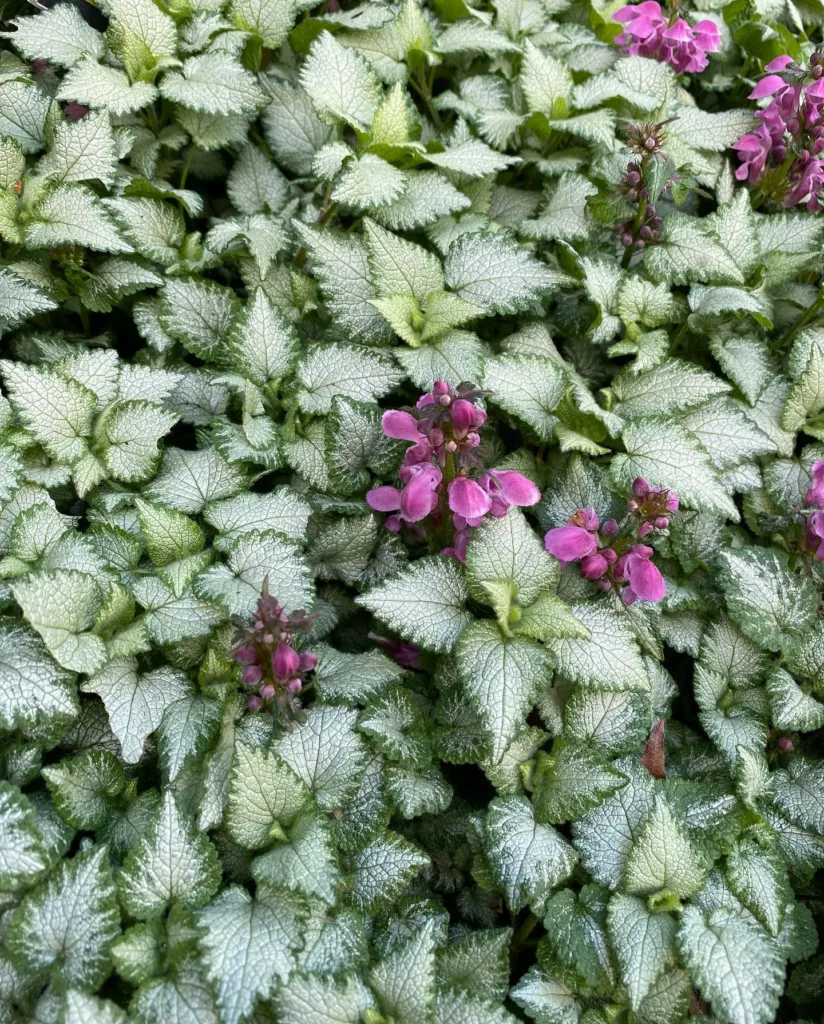
The Alluring Euphorbia spiralis: A Twisty Succulent with Enchanting Character
My fascination with succulents began with a jade plant, its plump leaves a testament to resilience. But as I delved deeper into this world of captivating botanical wonders, I stumbled upon the Euphorbia spiralis, and let me tell you, it stole a whole chunk of my heart.
This succulent isn’t your average rosette of fleshy leaves. No, the Euphorbia spiralis boasts a mesmerizing, sculptural form. Its thick, succulent stems corkscrew skyward, twisting and turning in a captivating dance. Paired spines line the ridges, adding a touch of wildness to its otherwise whimsical appearance.
2093 Species in Genus Euphorbia
Euphorbia spiralis vs. Twinkle Twirl: Unveiling the Identity
The world of succulents can be confusing, with cultivars and nicknames swirling around like dust devils in a desert. Enter the Twinkle Twirl succulent. Often touted as synonymous with the Euphorbia spiralis, a question arises: are they truly one and the same?
The answer leans towards yes, with a caveat. Euphorbia spiralis is the botanical designation for this sculptural wonder. Twinkle Twirl, however, is likely a cultivar name, a marketing term used to highlight its unique, spiraling growth pattern.
How to care for Euphorbia spiralis?
So, you’ve been captivated by the Euphorbia spiralis and yearn to bring one into your home. Here’s what you need to know to keep this spiky charmer thriving:
- Light it Up: Mimicking its Socotran homeland, Euphorbia spiralis craves bright, indirect sunlight. A south-facing window is ideal, but be wary of harsh afternoon sun that can scorch its stems.
- Water Wisely: These succulents are drought-tolerant champions. Overwatering is the enemy, so allow the soil to dry completely between waterings. Err on the side of underwatering – a thirsty Euphorbia spiralis will wrinkle slightly, a clear signal for a drink.
- The Right Stuff: A well-draining potting mix is crucial. Opt for a succulent or cactus mix, or create your own by combining regular potting soil with perlite or sand for increased drainage.
- Pot with Personality: Choose a pot with drainage holes – essential for preventing root rot. Terracotta is a great option, as it allows for good airflow and evaporation.
How to propagate Euphorbia spiralis?
The beauty of succulents is their ease of propagation. With the Euphorbia spiralis, you have two main options:
- Stem Cuttings: Identify a healthy, non-flowering stem segment. Using a sharp, sterile knife, make a clean cut just below a node (the bump where leaves or new growth emerge). Allow the cutting to callous over for a few days before planting it in a well-draining cactus mix.
- Seed Sowing (for the adventurous): Seeds can be a fun way to propagate, but be aware it takes longer for seedlings to reach maturity. Sow seeds in a shallow tray filled with moistened cactus mix and provide bright, indirect light. Germination can be slow, so be patient.
What to plant with Euphorbia spiralis?
The Euphorbia spiralis thrives in a container and can be a stunning centerpiece. However, if you’re feeling adventurous, consider pairing it with other drought-tolerant beauties:
- Echeveria: These rosette-forming succulents come in a dazzling array of colors and textures, creating a delightful contrast with the spiraling Euphorbia.
- Stapelia: Nicknamed the “carrion flower” for its unusual, foul-smelling blooms, Stapelia boasts interesting geometric shapes, complementing the Euphorbia’s whimsical form.
- Sedum: These low-growing succulents fill in empty spaces in the pot, adding pops of color with their fleshy leaves.
The Euphorbia spiralis is more than just a succulent; it’s a conversation starter, a sculptural wonder that brings a touch of the exotic into your home. With proper care and a sprinkle of creativity, you can cultivate a thriving specimen that will spiral its way into your heart.
If i die, water my plants!



